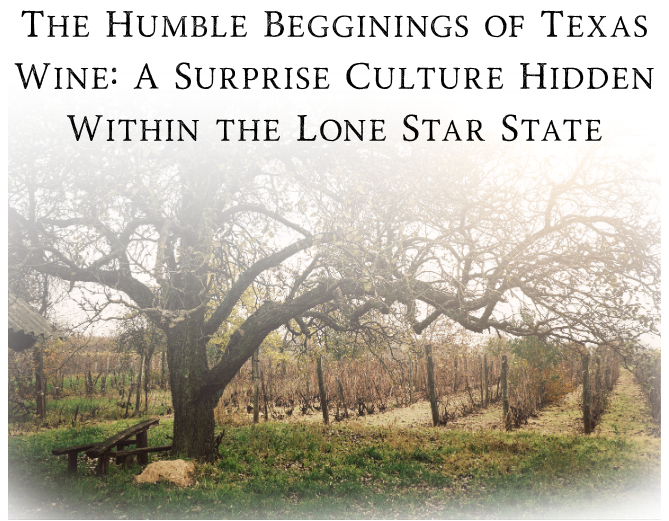
Texas is famous for many things, from hand-crafted boots and luggage-sized purses to well-weathered cowboy hats and a sweet-as-honey accent that is as unique to our state as the history that sets it apart from the rest of the Union. While cowhide rugs and big ranch-style-trucks have always been a popular craze, there’s a new trend in Texas that has been on the rise in the Lone Star State, and it has caught global attention. The art of Texas winemaking has made a bold introduction in just the last few decades and it has exposed a softer side to the usual tough-as-nails culture of the 28th state. The history of Texas wine is a fascinating journey to discover as it has led to a very successful market of flavorful wines made with a wide variety of grapes grown right at home.
For decades, the state of California has dominated the North American wine market with varietals from popular wineries like Buena Vista Winery, D’Agostini Winery and Charles Krug Winery which are all located around the area of Napa Valley and Sonoma County. The Golden State has always had a very popular draw to wine-lovers within the United States, but unbeknownst to many, grapevines were planted in the arid riverbanks of South Texas almost 100 years before viticulture was introduced to the West Coast.
The History of Texas Wine: The Early Beginnings
In the beginning, early explorers recognized the common characteristic of sandy soils on the banks of the Rio Grande that were almost identical to the fields of their homeland of Spain. In 1659, Spanish missionaries began to bring grapevine cuttings along with them on the journey across the Atlantic and, for sacramental reasons, began to grow small vineyards in the El Paso area. These small vineyards were the pathway that laid a foundation for the agricultural vein of viticulture to expand within the state. By the early 19th century, “Pass Wine” had become a popular light red wine that was sold on the trading route near El Paso. Many Santa Fe Traders favored the sweet wine made from the indigenous variety of Mustang Grapes which were eventually propagated into the Black Spanish or Lenoir grape when they were grafted with the European vines still arriving from the East.
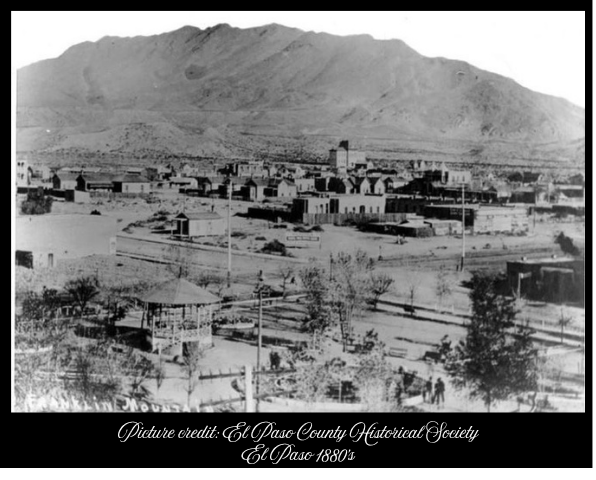
The History of Texas Wine: The First Winery

The first winery to open in the state was in 1883 in the Del Rio area along the Rio Grande River Valley. The Val Verde Winery was established by Frank Qualia. Qualia used the Lenoir Grape to begin making his vintages, according to the Texas Wine Growers website. This winery is still in operation to this day and is operated by the third-generation winemaker, Thomas Qualia. The Val Verde Winery, a sui generis winery of the state of Texas, creates the bridge between the historical wines developed hundreds of years ago and the vast world of modern-day wines that are crafted today.
During the 1800’s, many of the European immigrants carried along their own cuttings of vines from the different areas of Europe from which they sailed. Before the immigration port was destroyed in the Galveston hurricane of 1900, the new arrivals would step off the boats and travel north into the state to settle into their new life in the Western Hemisphere. It was on these new homesteads that they would begin to plant their own tiny vineyards. Over time, the newly introduced vineyards of European grapes would grant the settlers a small taste that would remind them of their homeland.
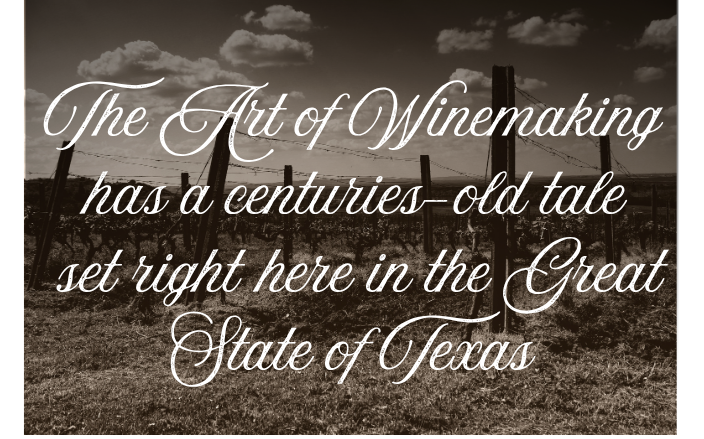
The Awaking of a Wine Revolution
Though the art of winemaking is not an unfamiliar concept found within the history of Texas, it’s only been in the last 50 years that the modernized wine industry has ignited and spread throughout the second largest state. Because of Prohibition in the early 20th century, Texas wineries were completely non-existent other than the already-established entity of Val Verde. It wasn’t until the 1960’s that Texas Tech University planted a multitude of Vitis Vinifera in the surrounding area of the panhandle. This encouraged the second winery in the state’s history, Llano Estacado Winery, to open near Lubbock, Texas in 1976. One year later, Messina Hof planted their first vineyard in Bryan, Texas. Soon to follow was the opening of the first two wineries within the Texas Hill Country which were Fall Creek Vineyards (opened in 1979 in Tow, Texas) and Bell Mountain Vineyards (opened in 1983 in Fredericksburg, Texas).
Slowly, modern wineries have begun to blossom across the state and have become a modern-day testimony to the History of Texas Wine. Since that time, a large majority of the Texas wineries have begun to operate in a concentrated area just east of Fredericksburg, Texas, which is the second largest certified viticultural area in the United States. In 1983, Grape Creek Winery opened their doors as the first winery on what would eventually become the 290-Wine Trail in both Gillespie County and Blanco County. Becker Vineyards opened in 1992, and the owners of Safari Winery claim to have multi-generational roots planted within the Fredericksburg area.
Within the next two decades, a string of elegant wineries began to open along the rolling landscape of the 290-Wine Trail. William Chris Vineyards was one of the next wineries to open in 2008 near the tiny town of Hye and was soon followed by the opening of Bingham Family Vineyards and Hye Meadow Winery within the same area. Other venues such as 12 Fires Winery, Signor Vineyards, Carter Creek Winery, Fat Ass Winery and Augusta Vin Winery were the next to open in the 2010’s followed by other fine wineries such as Wild Seed Winery, Halter Ranch, Slate Theory, The Rhinory and Micheal Ros Winery in the 2020’s.
The Wineries on the 290-Wine Trail
Other Texas Wineries that have opened tasting rooms along the 290-Wine Trail include:
The Texas Wine Collective- 2010
Lewis Cellars- 2010
Mendelbaum Cellars– 2011
Westcave Cellars Winery– 2011
Texas Mead Works– 2011
White House Winery– 2011
Blue Lotus Winery– 2012
Vinovium– 2012
Hilmy Cellars- 2012
Six Shooter Cellars-2013
Kuhlman Cellars– 2014
Lost Draw– 2014
Barrons Creek Vineyard– 2015
Narrow Path Winery– 2015
Pontotoc Vineyards– 2015
Ron Yates- 2016
Wedding Oak Winery- 2016
Farmhouse Vineyards– 2017
Ab Astris Winery– 2018
Horn Winery– 2018
The 290 Wine Castle– 2018
Texas Heritage Vineyard– 2018
French Connection Wines– 2019
Grapetown Vineyard– 2020
Kalasi Cellars– 2020
Silver Dollar Winery– 2020
Coordinates Winery– 2021
Siboney Cellars– 2021
Covington Cellars– 2021
Untamed Wine Estates-2021
Airis ‘Ele– 2022
Arrowhead Creek Vineyards– 2023
Barelle Vineyards– 2023
Blumenthal Farms- 2023
Portree Cellars – 2023
The Edge Winery– 2025
Charleston Taylor Winery– 2025

While there were other wineries that were opening across the state in various regions, the Texas Hill Country was exploding with brilliant wine makers who were opening the doors to their tasting rooms to share their artistic craft with world of wine-lovers. Today, a total of 443 wine producers and 440 registered wineries are in operation within the state of Texas and fifty of those wineries are planted along the Wine Trail in Fredericksburg.
Arch Ray Resort: A Unique Texas Winery
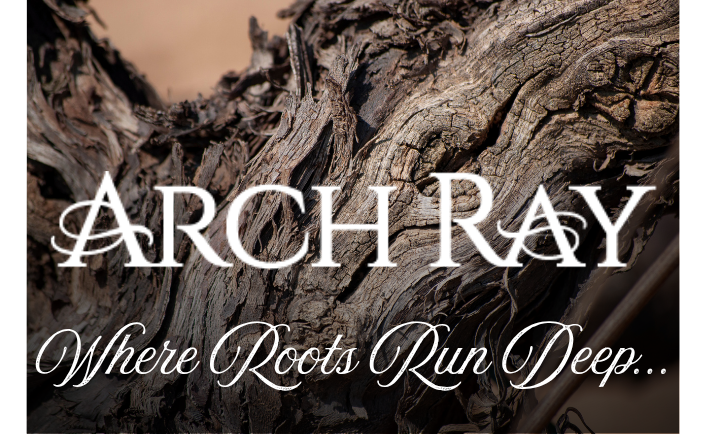
In 2019, Arch Ray Resort broke ground just outside of Fredericksburg, Texas on HWY 290. Steve and Sally Baxter, who share Texas roots that are six generations deep on both sides of their family’s lineages, began to plant vineyards along the banks of the Colorado River that winds through the family ranch in Bend, Texas in 2009. The concept of the winery is based on some of the most notable precepts woven through Texas history, where family was paramount and kind, neighborly relationships was the way of the land. Their first winery, Fiesta Winery, opened in 2010 as they entered the untapped world of sweet wines. Popularity for Fiesta wines grew quickly and the Baxter’s name became well known within the Texas community of wine-lovers as their vintages began to win a multitude of competitive medals.
In December of 2023, Arch Ray Resort, opened their doors to the public. The winery offered an array of dry labels crafted with 100% Texas-grown grapes that breathe of the splendor of the history of Texas Wine in every glass. Arch Ray’s wine gained notoriety quickly and, as of this year, several new varieties are in-line to be released over the summer of 2025. One of the unique characteristics of Arch Ray Resort is that there are two wineries (Fiesta Winery moved on site in 2025), but there is also a Brewery (Ogle Brewery) and Distillery (Paul Bee Distillery) located on-site, so a drink-option is available for, regardless of what type of refreshment they may favor. Inside of our Ranch-to-Table Restaurant, a perfect pairing option is available at, 1894, which offers incredible selections for both lunch and dinner.
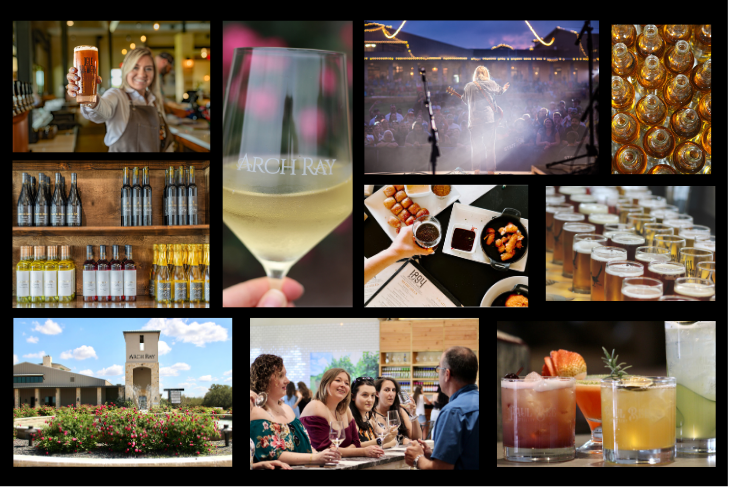
Though Arch Ray Resort is one of the relatively new treasure along the Texas Wine Trail, it is gaining traction within the surrounding community and further beyond. Arch Ray invites you to step through our doors and become a part of our ever-growing story where family, whether biological or chosen, is an essential element and where, at the table, there’s always room for one more.

